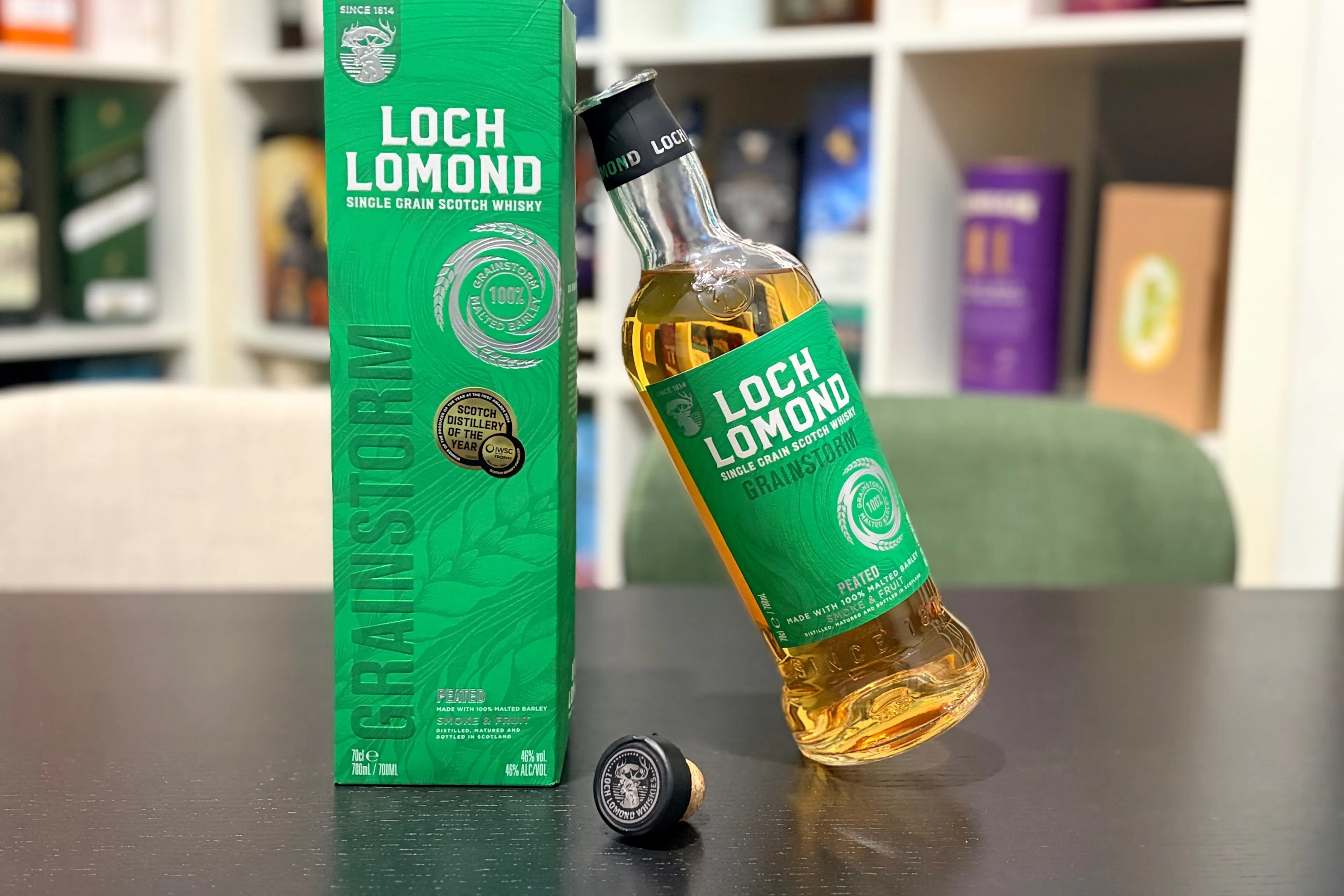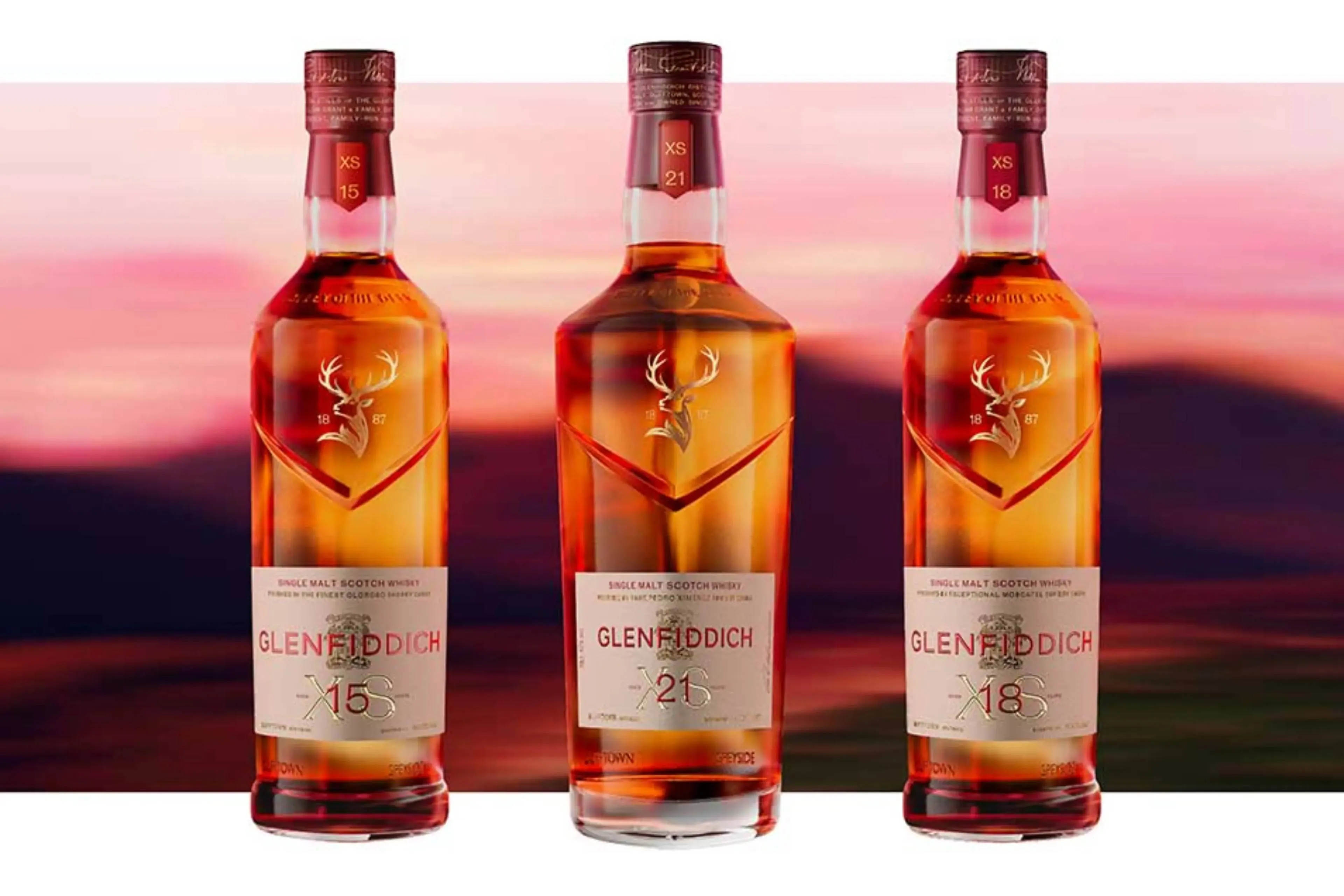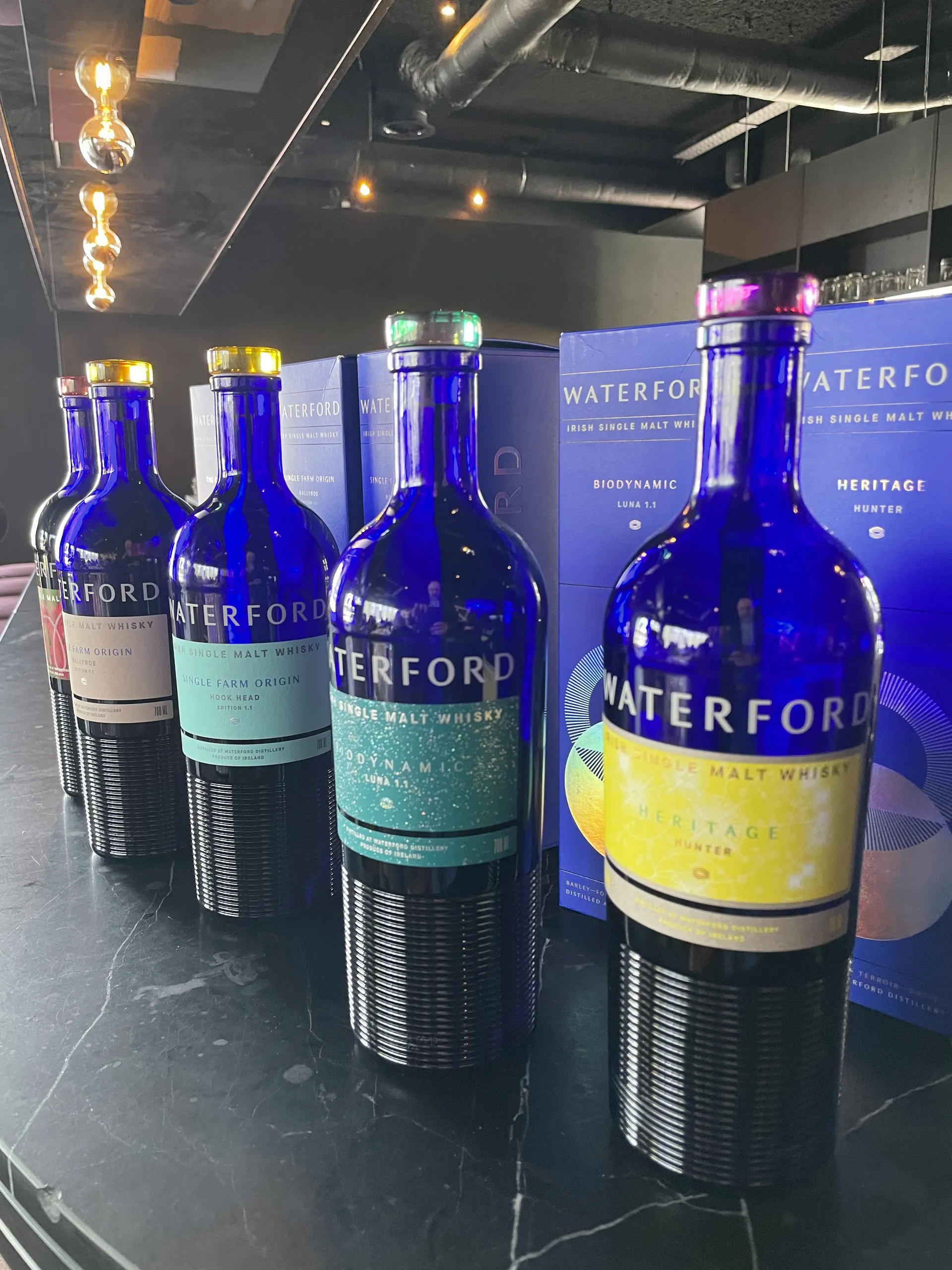
Whisky cask finishing: we’re bombarded with it, and no one’s complaining! Whether it’s Dewar’s French Smooth with a Cognac cask finish or Starward’s Ginger Beer Cask. It sounds exotic, and we know we love it. But what exactly is a cask finish? And why are we seeing more and more of them? What’s driving distilleries to release so many finishes, and does this spell the end of standard single malts?
What is 'finishing'?
Cask finishing is a process used in whisky making where, after the initial maturation in traditional oak casks, the whisky is transferred for a period of time into a different type of cask, known as a “finishing cask.” The aim is to layer in new flavors and aromas. These finishing casks can be ones that previously held sherry, port, rum, or even wine.
Of course, the Scotch Whisky Association (SWA) has rules around finishing. Scotch whisky can only be matured or finished in new oak casks or oak casks previously used to mature wine, beer/ale, or spirits, provided they haven’t afterward been used to mature anything with added flavorings or stone fruits. Fortunately, there’s a wide world of casks we’re allowed to mature whisky in. But the question remains… how far can distilleries go?
Read also
Growing demand?
Cask finishing has become increasingly popular among whisky producers. Tequila casks, alternative woods, IPA barrels — and so much more. From a “consumer-driven” angle, it’s about offering unique and intriguing flavor profiles that set their whiskies apart. For us whisky drinkers, it’s a chance to explore new and exciting flavors and aromas while still enjoying the classic character of whisky.
The less romantic side of the cask finishing trend is purely financial. Expanding the portfolio lets producers generate additional revenue and experiment with new products. If something works, it stays. If it’s a flop, it’s dropped making room for the next trial.
Read also
Trendsetter or follower?
Where does the appetite for cask finishing come from? We all know the classic finishes in ex-bourbon or Oloroso sherry casks, but why the sudden push for Tequila casks? Perhaps because Tequila has become increasingly desirable in recent years. With the rise of celebrity tequila brands (think Michael Jordan, Kylie Jenner) and social media-driven branding, these spirits have massive appeal to a potentially affluent generation.
Gen Z is the future of the whisky industry, and to stay relevant, it can be smart to “tap into” the Tequila trend. So are these cask finishes truly new and experimental, or are they a response to a shifting market?
Read also
The end of the traditional whisky industry?
During a recent tasting with none other than Mark Reynier, founder of Waterford and former owner of, among others, Bruichladdich, we got into a discussion about cask finishing and how this development could signal the end of the whisky industry as we know it. If you don’t know Reynier, one thing’s clear: he’s not afraid to push boundaries or speak his mind.
His forward-looking mindset and passion for the golden nectar have led him to an insight we all wrestle with. 'We created this trend ourselves, but where do we go next? What happens when we’ve exhausted every type of cask? Then what?' says Reynier.
Producers put too much emphasis on the cask, Reynier argues unsurprising if you’ve followed Waterford’s developments and its views on terroir. The land should play a bigger role, he believes, not the cask. 'If you want to taste wood, go lick a tree.'
It’s been a long time since anyone put it that plainly.
Read also
loading
POPULAR NEWS
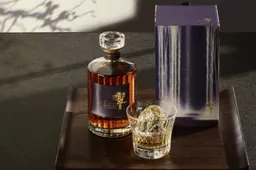
Black Friday 2025 Whiskies at The Whisky Exchange: Don't Miss These Deals
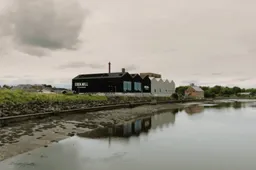
This Brand-New Whisky Distillery Was In Serious Trouble and No One Noticed

Top 10 Speyside Whiskies to Buy Now or Gift Someone
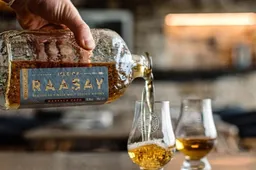
These are the Best Whiskies of 2026, According to the World Whiskies Awards
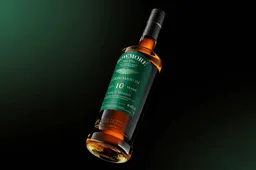
Why Aston Martin Is Suddenly Easing Off the Whisky and Betting Big on Tom Holland
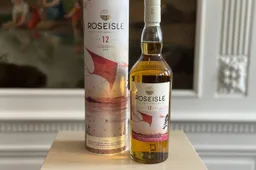
Diageo pauses malt production at a major whisky distillery
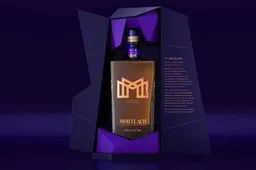
The Beast of Dufftown Unleashes a New Whisky Series Bursting With Bold Flavor

The 10 Best Whiskies for Beginners to Buy

The 5 Best Indian Whiskies At a Glance
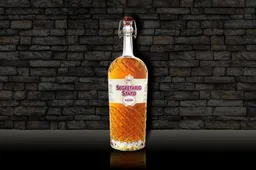
The 7 Best Whiskies from Northern Italy, All in One Place
LATEST COMMENTS
- Hi Yvonne, Thank you for your response and for sharing the video. Unfortunately, the evidence you referred to consists only of two people talking about the whisky, without any explanation or identification. We have not spoken to the individuals in the video ourselves, nor can we verify who they are. We describe it as a Chinese whisky because it is released by a Chinese distillery. As you mentioned, the distillery has chosen to label the product as “pure malt” instead of “Chinese whisky.” Based on that, we do not believe they are doing anything illegal.M0nkey16-11-2025
- So - you have the proof......where's your write up?Yvonne16-11-2025
- You are absolutely right. Luckily that doesn't matter for the taste of the whisky. Have you tried it yet?M0nkey05-11-2025
- Guess what? Finland is not part of Scandinavia.Gray105-11-2025
- Throw in the towel? You mean restructure to compete and win in a challenging industry environment.WestwardFounder21-10-2025
- There is nothing legally to prevent the English whisky GI from coming into force, it complies with all the relevant laws and the single malt definition follows the precedent of Welsh whisky and US whiskyChefBear15-10-2025
- Three emails sent (two with videos, linked to a Google Drive Share). 1. The original video. 2. The video with subtitles as it was shared on YouTube 3. Screen grab of the YouTube channel where the video was blocked due to Pernod Ricard lobbying. The story was covered on Drinks Intel at the time - link here - https://drinks-intel.com/subscriber-news/pernod-ricards-the-chuan-pure-malt-whisky-not-sourced-solely-from-china-global-drinks-intel-exclusive/Yvonne10-10-2025
- Hi Yvonne, Thank you for your interesting comment. Could you share your copy with us, so we can adjust our item accordingly? Mail us at [email protected]. Thank you in advance.M0nkey09-10-2025
- Let's keep this factually correct. Pernod Ricard DID NOT release a Chinese whisky. Their first output from The Chuan (the name of the distillery in Sichuan, China) wasn't fit for bottling. What they actually bottled was imported Scotch whisky. This is why the product is called "PURE MALT" and not "Chinese Whisky" - because Pure Malt is not a regulated term - this is not a secret. This was exposed about a week after they released it. There were even videos about their own staff on site admitting it was made from imported whisky - which Pernod Ricard got the lawyers onto to get the video pulled. I've got a copy if you want it.Yvonne09-10-2025
Loading
